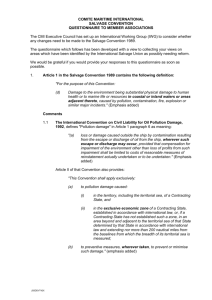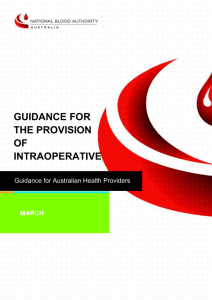Intraoperative Cell Salvage Safe and Cost
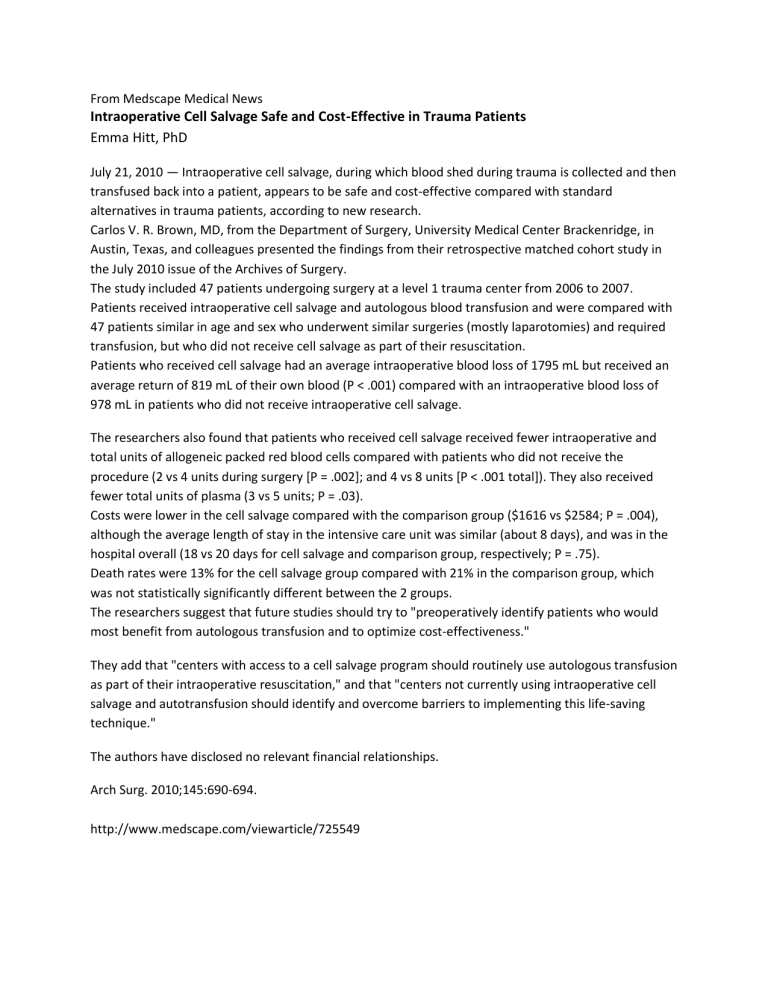
From Medscape Medical News
Intraoperative Cell Salvage Safe and Cost-Effective in Trauma Patients
Emma Hitt, PhD
July 21, 2010 — Intraoperative cell salvage, during which blood shed during trauma is collected and then transfused back into a patient, appears to be safe and cost-effective compared with standard alternatives in trauma patients, according to new research.
Carlos V. R. Brown, MD, from the Department of Surgery, University Medical Center Brackenridge, in
Austin, Texas, and colleagues presented the findings from their retrospective matched cohort study in the July 2010 issue of the Archives of Surgery.
The study included 47 patients undergoing surgery at a level 1 trauma center from 2006 to 2007.
Patients received intraoperative cell salvage and autologous blood transfusion and were compared with
47 patients similar in age and sex who underwent similar surgeries (mostly laparotomies) and required transfusion, but who did not receive cell salvage as part of their resuscitation.
Patients who received cell salvage had an average intraoperative blood loss of 1795 mL but received an average return of 819 mL of their own blood (P < .001) compared with an intraoperative blood loss of
978 mL in patients who did not receive intraoperative cell salvage.
The researchers also found that patients who received cell salvage received fewer intraoperative and total units of allogeneic packed red blood cells compared with patients who did not receive the procedure (2 vs 4 units during surgery [P = .002]; and 4 vs 8 units [P < .001 total]). They also received fewer total units of plasma (3 vs 5 units; P = .03).
Costs were lower in the cell salvage compared with the comparison group ($1616 vs $2584; P = .004), although the average length of stay in the intensive care unit was similar (about 8 days), and was in the hospital overall (18 vs 20 days for cell salvage and comparison group, respectively; P = .75).
Death rates were 13% for the cell salvage group compared with 21% in the comparison group, which was not statistically significantly different between the 2 groups.
The researchers suggest that future studies should try to "preoperatively identify patients who would most benefit from autologous transfusion and to optimize cost-effectiveness."
They add that "centers with access to a cell salvage program should routinely use autologous transfusion as part of their intraoperative resuscitation," and that "centers not currently using intraoperative cell salvage and autotransfusion should identify and overcome barriers to implementing this life-saving technique."
The authors have disclosed no relevant financial relationships.
Arch Surg. 2010;145:690-694. http://www.medscape.com/viewarticle/725549

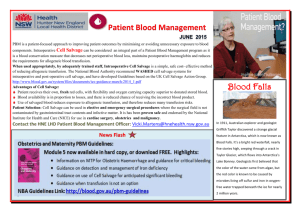


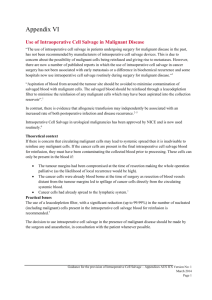

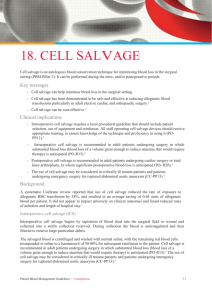
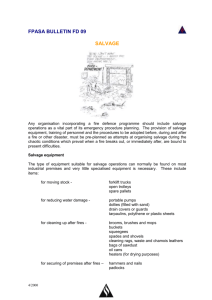


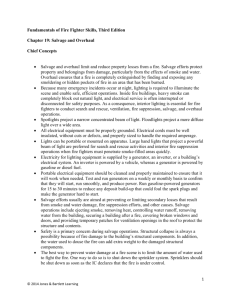

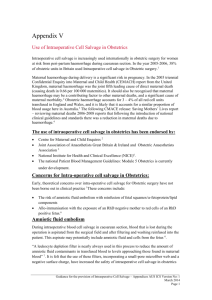



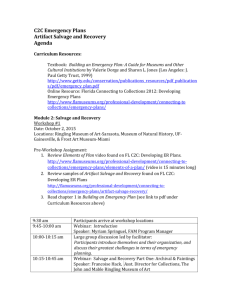
![Quiz chpt 10 11 Fall 2009[1]](http://s3.studylib.net/store/data/005849483_1-1498b7684848d5ceeaf2be2a433c27bf-300x300.png)


